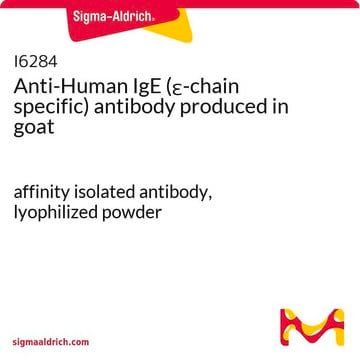L5777
N-Lauroylsarcosine sodium salt
BioXtra, ≥97% (TLC)
Synonym(s):
N-Dodecanoyl-N-methylglycine sodium salt, Sarkosyl NL
About This Item
Recommended Products
description
anionic
product line
BioXtra
Assay
≥97% (TLC)
form
powder
mol wt
micellar avg mol wt 600
average mol wt 600
aggregation number
2
impurities
≤0.1% Insoluble matter
≤0.1% Phosphorus (P)
CMC
14.6 mM (20-25°C)
solubility
H2O: 0.1 M, clear, colorless to very faintly yellow
cation traces
Al: ≤0.0005%
Ca: ≤0.01%
Cu: ≤0.0005%
Fe: ≤0.005%
K: ≤0.01%
Mg: ≤0.005%
NH4+: ≤0.05%
Pb: ≤0.01%
Zn: ≤0.0005%
SMILES string
[Na+].CCCCCCCCCCCC(=O)N(C)CC([O-])=O
InChI
1S/C15H29NO3.Na/c1-3-4-5-6-7-8-9-10-11-12-14(17)16(2)13-15(18)19;/h3-13H2,1-2H3,(H,18,19);/q;+1/p-1
InChI key
KSAVQLQVUXSOCR-UHFFFAOYSA-M
Looking for similar products? Visit Product Comparison Guide
General description
Application
Other Notes
Signal Word
Danger
Hazard Statements
Precautionary Statements
Hazard Classifications
Acute Tox. 2 Inhalation - Eye Dam. 1 - Skin Irrit. 2
Storage Class Code
6.1A - Combustible acute toxic Cat. 1 and 2 / very toxic hazardous materials
WGK
WGK 1
Flash Point(F)
512.6 °F - closed cup
Flash Point(C)
267 °C - closed cup
Personal Protective Equipment
Certificates of Analysis (COA)
Search for Certificates of Analysis (COA) by entering the products Lot/Batch Number. Lot and Batch Numbers can be found on a product’s label following the words ‘Lot’ or ‘Batch’.
Already Own This Product?
Find documentation for the products that you have recently purchased in the Document Library.
Customers Also Viewed
Our team of scientists has experience in all areas of research including Life Science, Material Science, Chemical Synthesis, Chromatography, Analytical and many others.
Contact Technical Service












